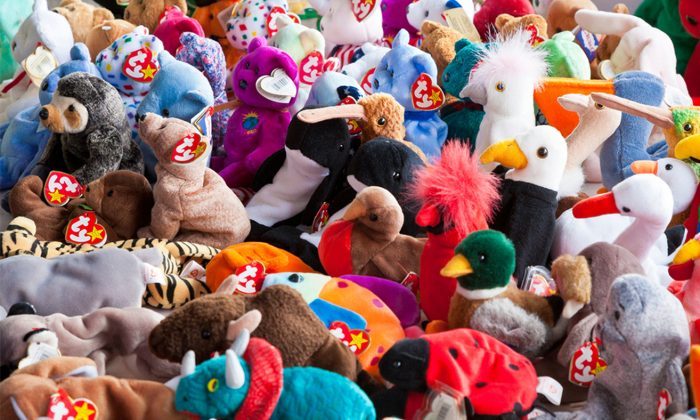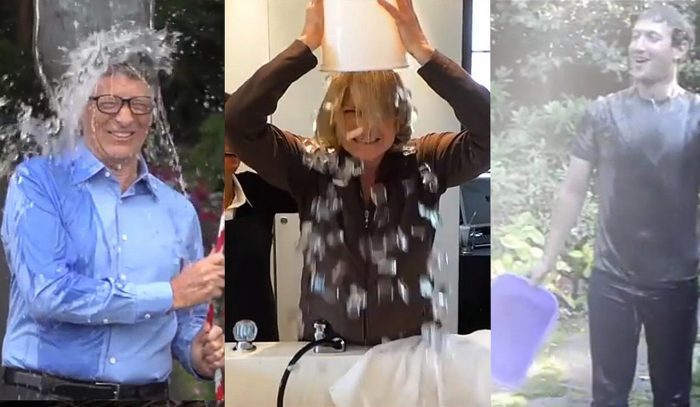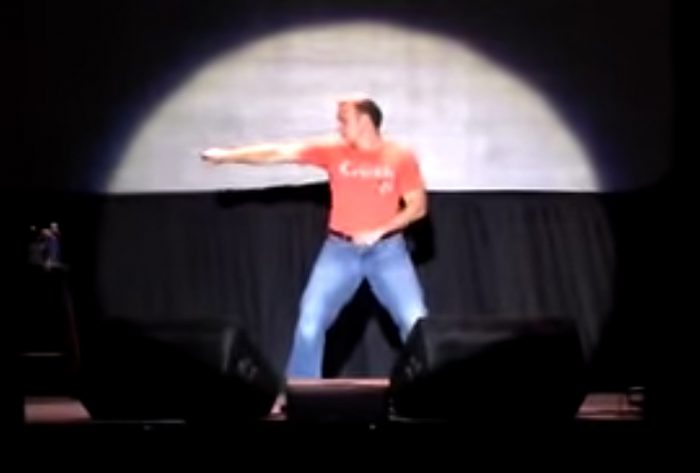Ah, viral trends. They do many things. They make us laugh, they make us cry. They give us something to talk to our family and co-workers about. They’re funny, they’re weird, they’re unpredictable. They’re everywhere.
While viral trends very often defy explanation of why they’re so popular, one thing is for sure: they get attention. We’ve all heard of Charlie Bit My Finger, Gangnam Style, Google’s Arts and Culture app, David After Dentist, and Chocolate Rain, among many others.
We may not know why these viral sensations catch on, but there are some very important lessons that we can take away from them regarding human behavior and what we respond to. This, of course, lends itself well to the marketing industry. What is inside of us that these viral trends bring out? And can that be translated to marketing strategies?
Here are five of the biggest viral trends of all time, and what they may be able to teach us about marketing, according to the industry professionals at Alecan Marketing Solutions in Los Angeles.
The Beanie Babies Website
The world’s very first Internet sensation is widely believed to be the Beanie Baby phenomenon which took place in 1995. More than your standard run-of-the-mill toy craze, the Beanie Baby bonanza went hand-in-hand with the residential Internet boom. When Ty Incorporated, the company that made Beanie Babies, created a website for them, this marked the first business-to-consumer site ever—and people went bananas.
With the creation of the website, Beanie Baby buyers were suddenly able to go online and see all the Beanie Babies that were available, one that were about to be released, and ones that would soon be retired.
So, what does the world’s very first Internet sensation teach us about marketing? That customers will eat up everything that they can about the products and services they love. When your audience loves you, give them exposure to what you’re selling. Make sure to be thorough in your message, product coverage, information, and company culture.

The ALS Ice Bucket Challenge
2014 brought us the nationwide popularity of the Ice Bucket Challenge, which was so viral that even celebrities hopped on board. The challenge involved a subject getting a bucket of icy water dumped over their head in order to bring awareness to amyotrophic lateral sclerosis (ALS). The person who got drenched would need to be “nominated” by someone else, and once they completed the challenge, they could then nominate someone else. Participants only had 24 hours to do the challenge before it was forfeited.
It goes without saying that one of the biggest reasons that the Ice Bucket Challenge went viral was because it was focused on bringing awareness to a disease. When people accepted their nominations and did the challenge, they felt good about helping get the word out about ALS.
Many viral trends are weird or silly, but the Ice Bucket Challenge is unique in that it showed us that people want to participate in a meaningful cause. This is very valuable for marketers to keep in mind. People want to help, to be a part of something important, and this was very clear during this particular viral trend. Understanding the emotion that people experience when they are part of an important cause can help shape marketing strategies of all kinds.
Another (less important) lesson that we learned from the Ice Bucket Challenge: people act quickly when it comes to short deadlines. Because of the 24-hour window, the challenge participants—and the world—had a sense of urgency to take part and watch how the trend unfolded.

Antoine Dodson’s Song
2010’s most popular YouTube video was the auto-tuned version of Antoine Dodson’s interview. The original video was funny enough by itself, but when auto-tune and a beat was added, there was no stopping it. Not only did the video go viral, it entered Billboard’s Hot 100 and was the most talked-about viral trend that year. It was so popular, in fact, that many people completely forgot about the fact that Antoine was describing a home intruder and a failed assault.
The biggest lesson to learn from Antoine Dodson is that sometimes the best marketing is about grabbing peoples’ attention and giving them something so entertainingly out-of-the-blue that they can’t look away. While Mr. Dodson certainly wasn’t a marketer before going viral, he does represent the valuable industry fact that if something is entertaining enough, everyone will watch. He turned an everyday news story into a career.

Evolution of Dance
This video went extremely viral in 2001, earning 70 million views in under eight months. That year, it became the most-viewed video of all time on YouTube, the number one top rated video on YouTube, and the third most-discussed video on YouTube.
If you haven’t seen the video, it shows a very regular high school auditorium stage with a very regular-looking speaker…until he’s not. The speaker, Judson Laipply, starts busting out dance moves—32 of them, to be exact, in rapid succession—to the delight and cheers of the audience. He shimmies, shakes, and shuffles his way across the stage and made viral history.
The marketing lesson here is that just because you’re involved with something mundane, it doesn’t have to seem mundane. Many companies complain that they can’t get too creative with their marketing because their industry is “boring”. They say things like, “We handle mortgages. How can we create exciting marketing?” That’s why Judson Laipply made such a splash. He was a simple high school motivational speaker, and he knew he had to fight to win the attention of a very hard-to-capture audience: teenagers. Yet he not only won their attention—he won their praise.

Damn, Daniel
In 2016, Vans enjoyed a completely unexpected viral success and a massive boost in sales as a result of a series of Snapchat videos that nobody asked for. The videos, filmed by high schooler Joshua Holz, were incredibly simple, but very effective. Joshua shot different videos of his friend Daniel Lara around the school in which he complimented Daniel by saying, “Damn, Daniel!” and sometimes, “Back at it with the white Vans!” Edited together into the video that went viral, “Damn, Daniel” tickled the funny bone of the nation and resulted in over 45 million views in a few days, 300,000 re-tweets and two million loops on Vine—as well as the title of one of “The 30 Most Influential People on the Internet” from Time magazine for Daniel Lara. Side note: Daniel also received a lifetime supply of shoes from Vans.
Not only all this, but giant companies including Axe, Denny’s, Clorox, and yes, Vans used the catch phrase “Damn, Daniel” in major marketing campaigns. The boys appeared on Ellen and were featured in a music video for the band Weezer. The New York Times said that “this particular catch phrase has delighted corporate America.”
So, what can we learn about marketing from this absolute fluke of a viral trend? To be honest, the answer is subjective because this trend was so random. You could say that nostalgia and the whimsy of youth is powerful. You could say that catch phrases with alliteration are always pleasing. You could say that repetition is a highly comic device that works really, really well.
You could also say that the world just responds well to funny voices. The truth is, it’s all of these combined—plus the fact that it’s simple, it’s organic, the catch phrase is relatable, and it’s genuine. So if you can create a marketing campaign that incorporates all of those factors, you’re doing something right!

When it comes to designing marketing campaigns, you’re always gambling. No one can predict what people will respond to, and viral trends are a perfect example. The best we can do is to take note, try to understand why, and translate that “why” into something creative. It’s not always easy, but it can be done.
Find a Home-Based Business to Start-Up >>> Hundreds of Business Listings.
















































